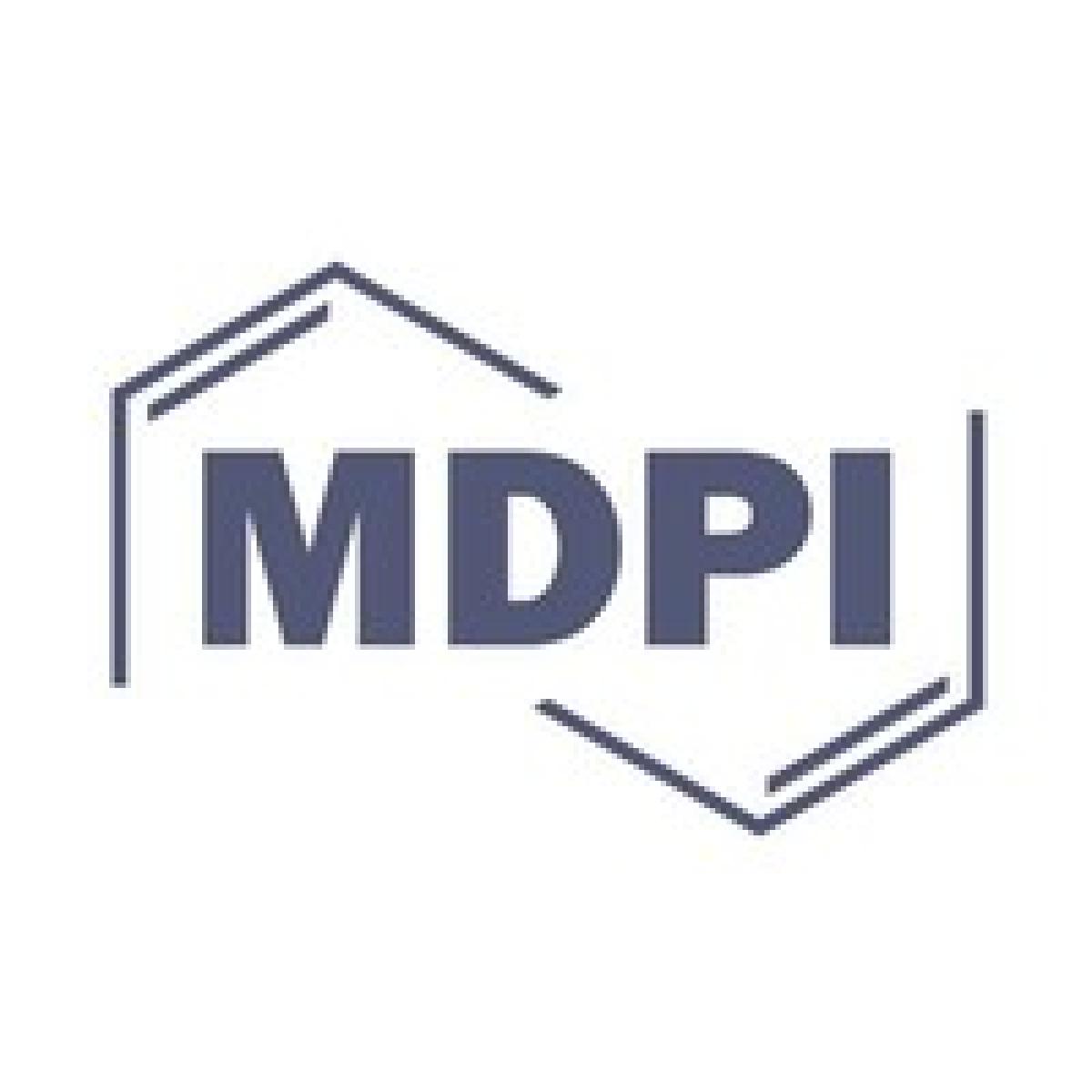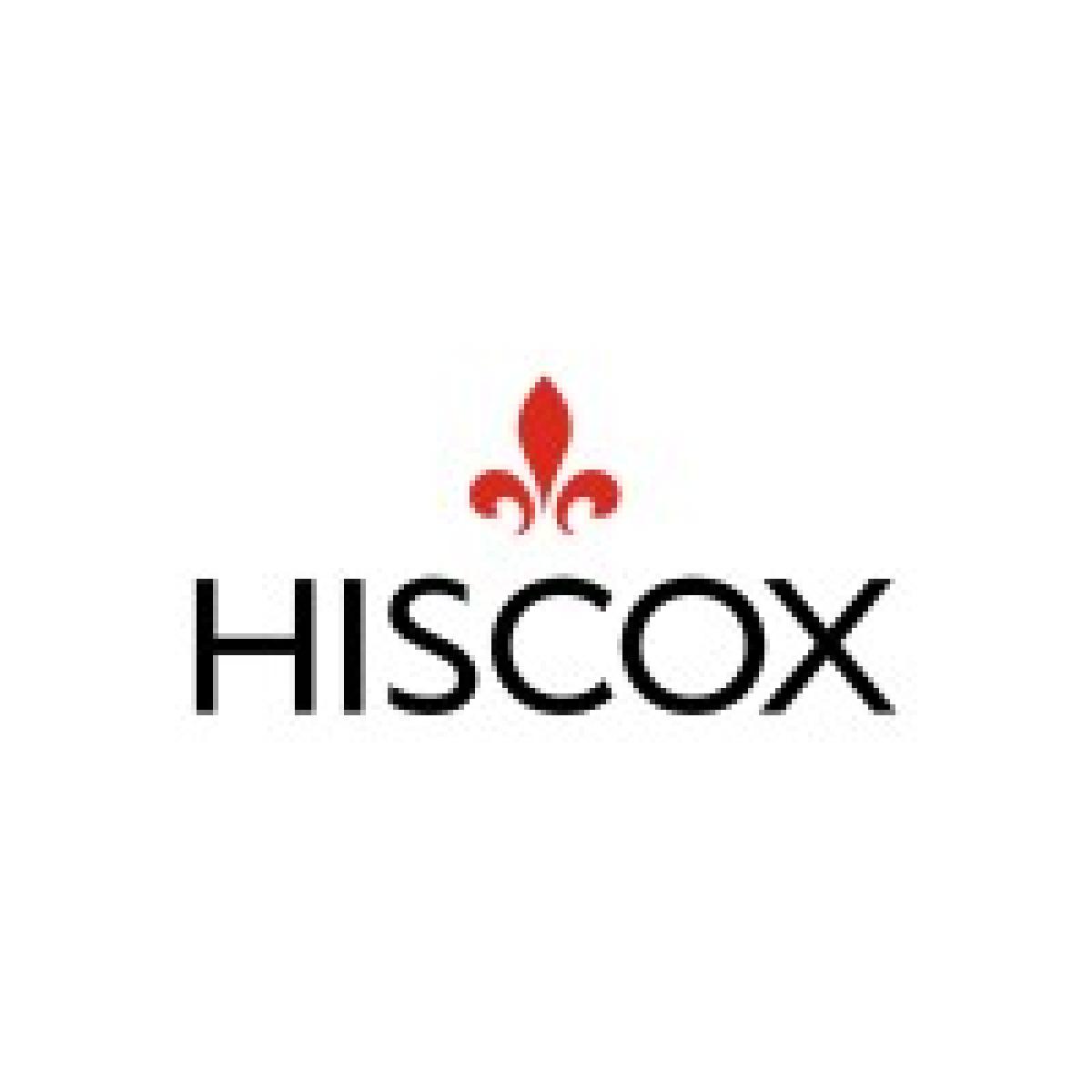The Art Market Report 2023 by Art Basel and UBS presents the findings of research on the global art and antiques market in 2022. It provides a review of the international art market, highlighting some of the most important trends and developments taking place each year. Among the key takeaways, it is important to know that the market grew by 3%, driven by a 7% increase year-on-year in dealer sales, restoring the market to its pre-pandemic value. This was catalyzed by the event-driven cycle of art fairs, gallery openings, and auctions resuming its customary rhythm. The number of dealers expanding their footprint to operate from more than one region jumped from 5% in 2021 to 9% in 2022. This is an effect, perhaps, of dealers seeking to maintain close relationships with clients. On a regional level, the US retained its premier position in the global ranks, with its share of sales by value increasing by 2% year-on-year to 45%. The UK moved back into second place with 18% of sales, and China’s share decreased (by 3%) to 17%, as it fell back into third position. France maintained its position as the fourth-largest art market worldwide with a stable share of 7%.
At the CAIA Association, a global mindset encompasses the understanding of globalization and how interconnected each region of the world is economically, politically, and socially. For this month’s edition of Chronicles, we turned to Laura Merlini, CAIA, CIFD, Managing Director, CAIA EMEA to contribute insight and perspective on the art market as an alternative investment class.
I once organized a trip to Delphi, Greece, with the only goal being to read, with my own eye, the most instagrammable aphorism in the history of humanity. It is not an easy drive under a pitiless sun through tortuous, yet scenic roads. Once I arrived at the mythical Temple of Apollo, my disillusion reached its climax.
“Know thyself”, supposedly inscribed on the forecourt as many historians reported, was not there — and probably never was. The other two Delphic maxims were also missing, “Nothing too much”, and “Give a pledge (or give security), and trouble is at hand”. I left the archeological site bittered because I considered those to be not only rare pearls of wisdom but also forerunners of Modern Portfolio Theory that could have inspired every investor. As a consolation, I told myself that they were not there on purpose as an ironic spite of destiny to abandon any form of hybris.
I flew back home, tail between my legs and disenchanted, yet stubbornly determined to unveil the ultimate purpose, if not of life, at least of investing. Does an alternative asset class ignited by the flames of financial returns and brightened by a healthy eschatological optimism exist? Yes, it does, and it has a name: art.
My biased and opinionated conclusion is that art is likely the only alternative asset class that is keeping its promise beyond financial returns. Investing in art offers a unique and different standpoint as it is a way to better understand the world we live in and as an extension, ourselves. We can certainly label it as a purpose-led alternative asset class.
According to the Sotheby's Institute of Art, finance and art started their fling in Florence during the Italian Renaissance. Many banking families acted like art patrons, collectors, and philanthropists until the modern era. However, we had to wait until 1904 to see the creation of the first (successful) fund investing in art in Paris by the businessman André Level. In the mid-1970s, we witnessed the official legitimation of art as an asset class when the British Rail Pension Fund decided to invest in the unprecedent number of 2,000 works of art. The sinkhole opened and quickly swallowed many institutional investors who are still active and loyal militants of the asset class and hence, proudly show their trophies to their employees, clients, and the public (all very laudable habits).
Detractors define art investments as costly (storage, insurance, and not negligible transaction fees), very high-risk, poorly regulated, illiquid, opaque, and dancing at the rhythm of irrational valuations. Nonetheless, people do invest in art as it is a store value, diversifies portfolios, and helps define who we are as human beings.
A few years back, I was in beautiful Maastricht at one of the most prestigious art fairs, the European Fine Art Foundation (TEFAF). This is the annual pilgrimage for many art aficionados. During one reception, I met with a navigated investor who told me that he disliked public markets because buying financial indexes was, for him, like being in a bus filled with passengers at the mercy of the driver and risking a crash at the next curve. On the contrary, investing in art allowed him to be in control of a real asset that could provide long-term enjoyment as well as inflation protection.
Although I found the story very picturesque, it is undeniable that the art market has become more “investable”. Art is expanding vertically and evolving into a sophisticated and more transparent industry with core and ancillary service offerings in the advisory, lending, and investment arenas. This is making the asset class more approachable to investors. It is worth mentioning the evolution into NFT-backed digital art trends, a clear indication of how the market continues to grow and adapt to the times.
Additionally, the art market is also growing horizontally with ramifications into other asset classes such as the stoic infrastructure, real estate and even embracing impact and sustainability. A direct implication of the increased intersection between art and sustainable finance is the economic relevance achieved by cultural and creative sectors, such as heritage, archives and libraries, visual and performing arts, audio-visual and multimedia, architecture, and design to name a few, being an active contributor to the development of smart cities and attracting public as well as private capital. It is difficult to predict how this sector will evolve yet it is growing fast in all major economies, which certainly reaffirms its role as a purpose-led alternative asset class.
The art market has long been a topic of fascination and intrigue, with its auctions, galleries, renowned fairs and high-profile sales attracting global attention. Now with its emergence as an auspicious asset class, these selected industry articles offer insight and explore the unique characteristics of the art market as an investment, including its potential for capital appreciation, its hedging qualities, and possible drawbacks.







